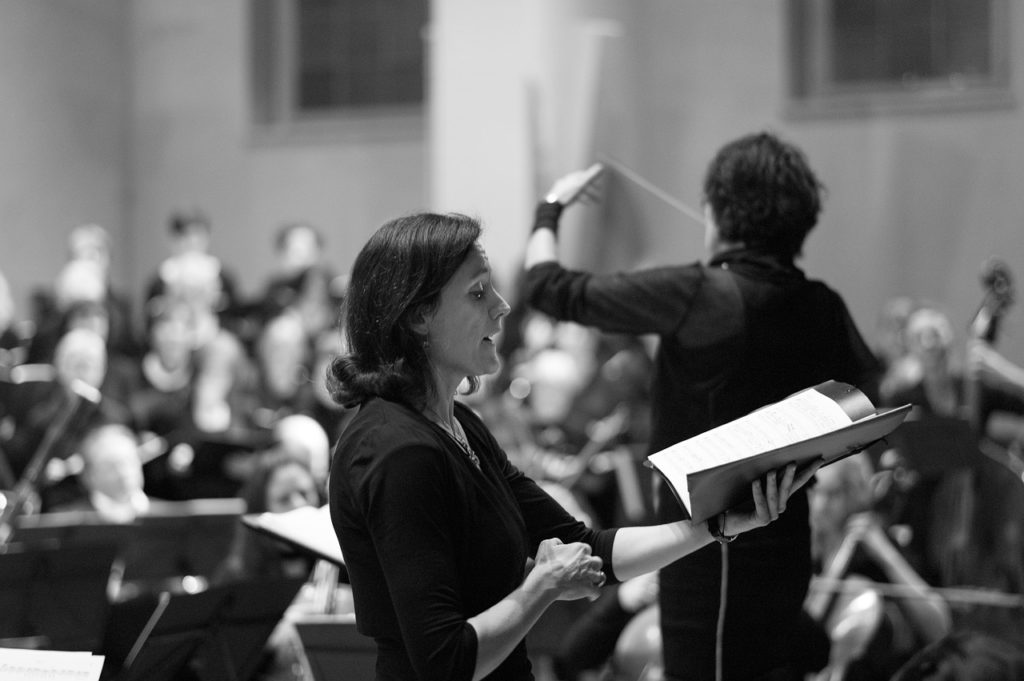The minor mode uses all the same solfege syllables as the major mode. However, it starts on the syllable La rather than Do. Also, notice that the minor mode syllables have the same shapes as they did in the major mode.
When you go from La-to-La it changes the relationships of the notes. La-to-La sounds darker than Do-to-Do. The minor mode has three versions of the minor scale: natural, harmonic, and melodic. Today you will sing the natural minor scale.
Music teachers call La-to-La scales La-based solfege. This is how Jesse B. Aikin taught shape note minor melodies in The Christian Minstrel.
Try singing the shape note solfege minor scale. Pay attention to the sound of the minor mode as you sing with the specially selected tuning in the sing-along soundtracks. This helps develop your melodic tuning skills.
The song tracks use synthetic voices rather than actual voices. Research has shown that this will help with the ability to identify and produce absolute pitch information. For more information, read Why Use a Synth Voice Instead of Real Voices.


